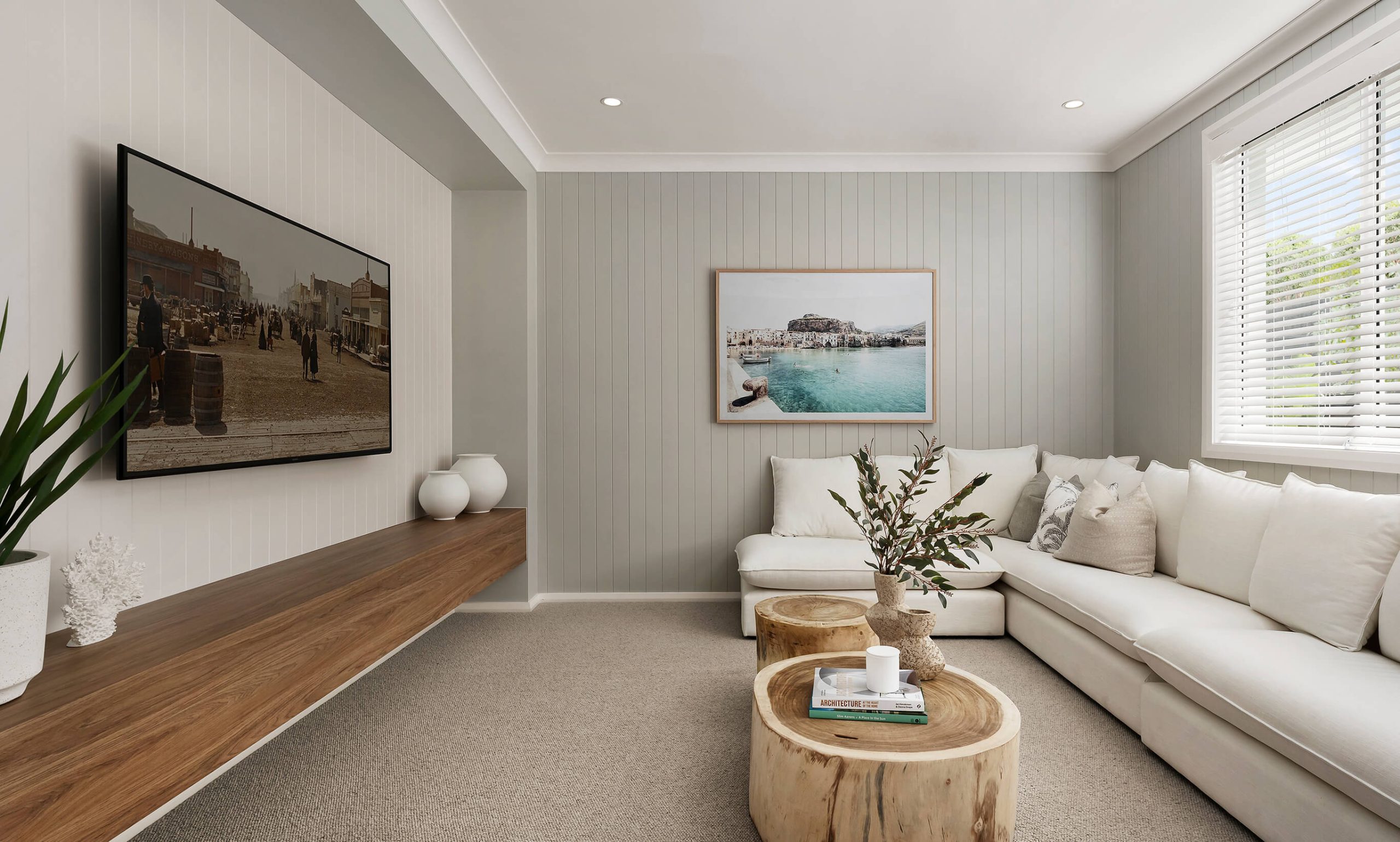The Importance of Lighting for Large Rooms
Lighting is an essential component of interior design, especially in large spaces such as living or family rooms. Proper lighting can transform a room, making it feel warm, inviting, and functional. On the other hand, inadequate lighting can make a room feel dull, gloomy, and uninviting. With the right lighting design, you can create an atmosphere that suits the purpose of the room while enhancing its beauty.
Factors to Consider When Designing Lighting for Large Rooms
When designing lighting for large rooms, you need to consider several factors:
The Purpose of the Room
Understanding the function of the room is essential in designing lighting that will meet the room’s needs. For instance, a family room may require warmer and soft lighting to create a cozy and relaxing atmosphere, while a home office may require brighter and cooler lighting to enhance focus and productivity.
The Room’s Size and Ceiling Height
The size and height of the room determine the size and placement of the lighting fixtures. Large rooms require more light fixtures to provide adequate lighting, while high ceilings require taller fixtures.
The Room’s Décor
The room’s décor affects the type of lighting fixtures used. For example, if the room has a modern décor, contemporary light fixtures may be appropriate, while traditional light fixtures are suitable for homes with a classic décor.
Types of Lighting for Large Rooms
There are three types of lighting designs suitable for large rooms:
Ambient Lighting
Ambient lighting provides overall illumination in a room. It is the most basic form of lighting and is usually provided by central ceiling fixtures such as chandeliers or track lighting.
Task Lighting
Task lighting provides illumination for specific activities, such as reading, cooking, or working. It can be achieved through the placement of desk lamps, under-cabinet lighting, or pendant lights.
Accent Lighting
Accent lighting is used to highlight décor elements, such as artwork or architectural features. It is usually provided by small light fixtures such as sconces or recessed lights that are directed towards the object.
How to Create an Effective Lighting Design for Large Rooms
To create an effective lighting design for large rooms, consider the following:
Layer the Lighting
Layering the lighting involves using different types of lighting to create depth and texture in a room. For instance, combining ambient lighting with accent lighting can help create a more inviting and appealing atmosphere.
Use Dimmer Switches
Dimmer switches allow you to adjust the lighting intensity to suit specific needs. They can be used to soften ambient lighting, reduce glare, or provide indirect lighting.
Consider LED Lighting
LED lighting is energy-efficient and produces bright and long-lasting light. They are available in a range of colors that can help set the mood of the room.
Plan the Lighting Layout
Plan the placement and spacing of the fixtures to ensure adequate lighting and to minimize glare, shadows, and hot spots.

